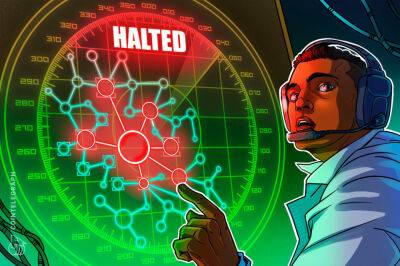Lower costs, higher speeds after Ethereum’s Merge? Don’t count on it
As we approach the date of Ethereum’s Merge, users have speculated about what it will mean for projects and the wider ecosystem. Some argue the Merge will have little impact on gas fees and believe transaction speeds might improve.
However, in general, most ordinary users will not notice much change. The real changes for average users will only be seen after the sharding mechanism is introduced six months later.
The Merge is a planned update to the Ethereum network scheduled for Sept. 15. It will move transaction validation from proof-of-work (PoW) to proof-of-stake (PoS). PoS has been part of Ethereum’s plans for many years, but the level of technical sophistication it requires has taken time to develop. It means a transition from miners being responsible for validating blocks to the staked owners of ETH.
Related: How Sharding-Based Blockchains Could Handle More Transactions Than Visa
This will have several major significant long-term consequences. Firstly, it will mean a huge reduction in the amount of electricity used by Ethereum (as much as 99.9%). While PoW is a highly effective means of validation, it has been shown to use the same amounts of electricity as whole countries, meaning it is highly detrimental to the environment.
Under PoS, validators will only need to stake 32 Ether (ETH). The switch will also mean an increase in security. This is because it decreases the danger of a 51% attack (required to take over the network), which is more likely on a PoW system. On a PoS system, the risk of launching an attack is the staked ETH — as opposed to electricity cost on PoW — so there is an inherent penalty for failure.
Whereas a failed PoW attack results in the loss of electricity costs, slashing a validator’s stake is the
Read more on cointelegraph.com



 cointelegraph.com
cointelegraph.com

![Where will Synthetix [SNX] end up after the latest SIP-276 proposal - ambcrypto.com](https://finance-news.co/storage/thumbs_400/img/2022/9/5/39674_xps.jpg)

















![Ethereum [ETH]: Is the Merge really ‘priced in?’ This exec claims… - ambcrypto.com - city Cyber](https://finance-news.co/storage/thumbs_400/img/2022/9/5/39572_wj8qn.jpg)
